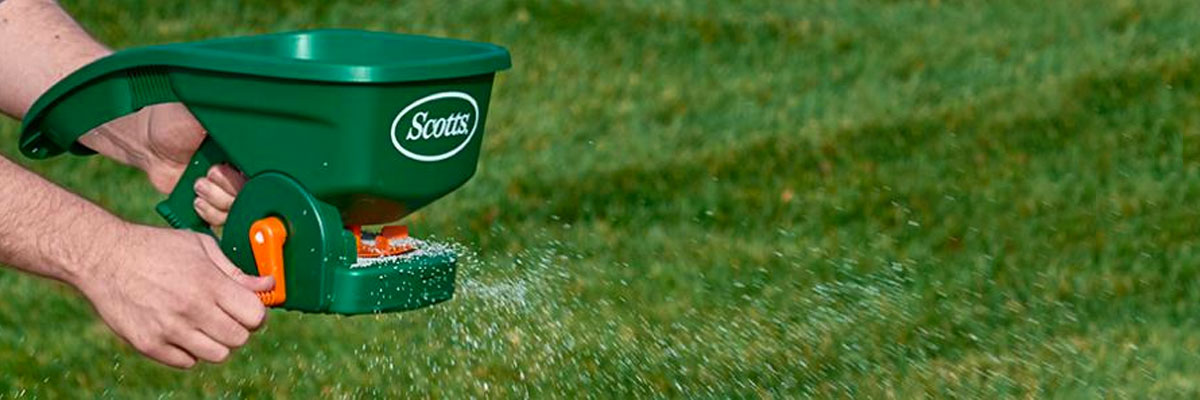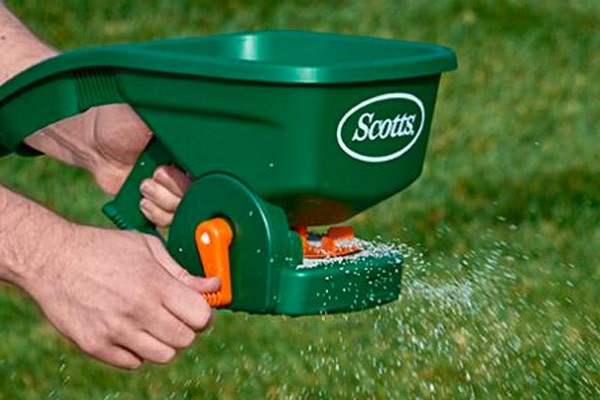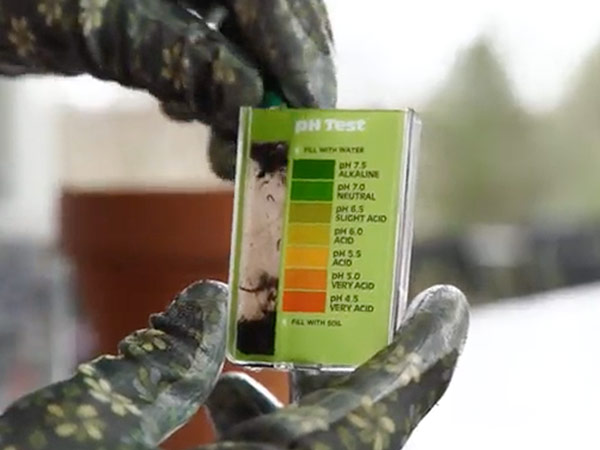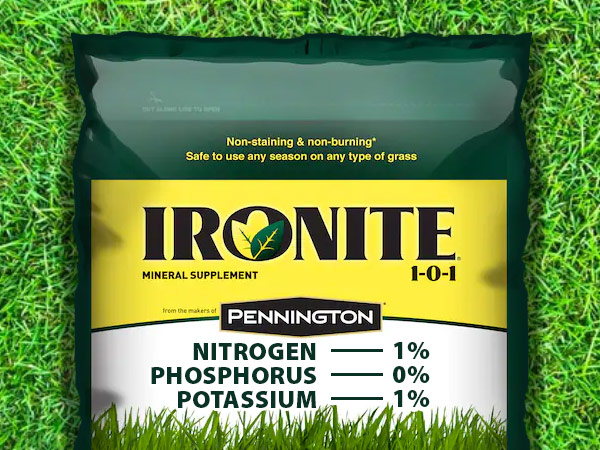

What Fertilizer to Use for a Beautiful Yard
With a little planning, a beautiful and healthy yard can be yours this year. The first step is figuring out what fertilizer to use and understanding when and how to apply it. McCoy’s has the products and information you need for a yard your neighbors will envy. So, what is fertilizer and why is it important?
What is Fertilizer?
Fertilizer provides soil with crucial nutrients that promote plant growth. A common misconception is that fertilizer and plant food are the same thing, but they’re two different things. Fertilizer provides a source of nutrients for plants to use to make their own food while plant food directly nourishes the plant. While plants need many different nutrients to grow, nitrogen, phosphorus, and potassium are the three most important. During certain seasons, your soil might be missing one of these key nutrients. The easiest way to figure out what your soil lacks is by performing a PH soil test on your yard.

pH Testing Your Soil

A pH test tells you how acidic your soil is on a scale of 0 to 14, where a lower number means it’s more acidic. A good acidic level for a lawn is between 6 and 7. Some plants (like blueberries and camellias) prefer higher levels of acidity or a lower pH. Others (like lavender and green ash) prefer lower levels of acidity or a higher pH, so choose a fertilizer that either lowers the pH level or increases it based on your soil’s level and the plants you wish to grow.
You can easily test your soil pH levels by buying soil pH test kits. If you have a large area that requires many samples or want more detailed results, you can ask around your area and find out if any organizations are doing pH tests for free. Sometimes, agricultural or county extension services will offer testing at no cost or for a small fee, for their own research purposes.

What Nutrients Does Your Soil Need?
After you have determined what your soil needs, it’s time to shop for fertilizer. You’ll usually see three numbers provided on the front label of a fertilizer. These three numbers are the primary nutrients contained in the product given in an N-P-K pattern, nitrogen-phosphorus-potassium. Each number represents the ratio of each material in the fertilizer. So, if the fertilizer contains a ratio of 5-10-5, that means the entire bag is made up of 5% nitrogen, 10% phosphorus, and 5% potassium.

Different plant species require different pH levels, and some fertilizers can increase or decrease those levels depending on their contents. Ammonium-based fertilizers or higher nitrogen fertilizers tend to lower the pH level, making it more acidic.
Different Types of Fertilizer
There are many different types of fertilizer, including what the mix is made from and how it’s formed.
- Organic fertilizer comes from material produced by plants and animals. Manure is one of the most common organic fertilizers followed by compost, but it can also include other things like animal bone meal and carbon. This organic material works slowly and improves your soil over a long period of time.
- Inorganic fertilizer is manufactured using synthetic chemicals. One of the advantages of inorganic fertilizers is that they can quickly improve the soil. However, some inorganic options are also formulated to slowly release nutrients over time.
- Liquid Fertilizer is heavily diluted with water that is applied using a garden hose. It’s fast-acting to immediately provide nutrients to the area.
- Granular fertilizer comes in the form of dry pellets that are spread across the soil. It has a slow release to provide essential nutrients over time.
The type of fertilizer you use for your lawn isn’t necessarily the best one for your garden. Your lawn and garden may have different nutrient needs, and the chemicals in your lawn fertilizer might not be suitable for certain plants in your garden or vice versa. Some fertilizers are even specifically made for certain plants. There are even specialty fertilizer spikes for plants to prevent over-fertilization. That’s why you should do a separate pH test for both your yard and your garden to find out their needs.
Fertilizer Calculator
*The industry-standard rate is 1 pound of nitrogen per 1000 square feet
Fertilizer Safety
Mixing different types of fertilizer without understanding their ingredients and N-P-K levels can negatively impact your yard and its pH levels. If you think your yard need something specialized, speak with an expert before application.
Always read the package instructions on how best to apply your type of fertilizer. When applying fertilizer, wear safety equipment like gloves and eye protection since some of the chemicals can cause irritation. Always store it in a safe place that’s not accessible to kids or pets as it can be harmful to consume.
Get a Healthy Yard with McCoy's
For a healthy lawn and garden, choosing the right fertilizer and amount is critical to properly maintain and improve the health of your yard. Fortunately, McCoy’s has you covered for all your yard care needs, whether that’s fertilizer, spreaders, or grass seeds. If you want a yard that’s the envy of the neighborhood, shop online or at your local store!
